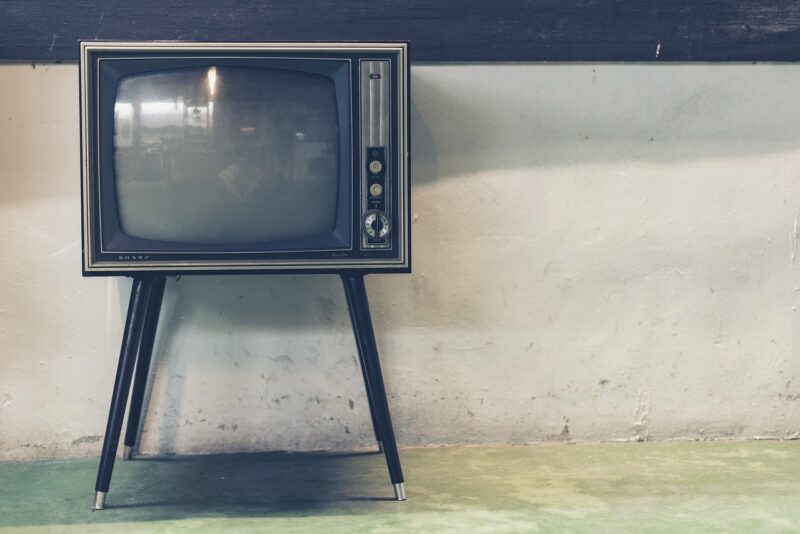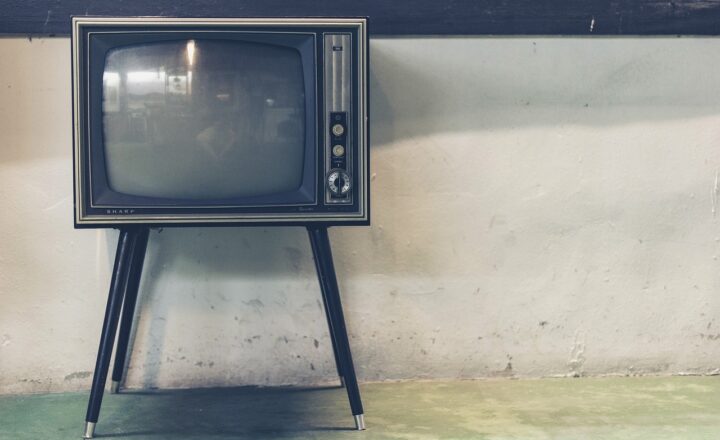The Strange and Mysterious World of TV Show Cancellations in the 2000s
November 12, 2024

The 2000s were a remarkable era for television. As channels expanded, streaming services arrived, and audiences became more engaged than ever, a unique phenomenon began to unfold: the cancellation of TV shows that, by conventional standards, seemed to have solid fanbases and critical acclaim. This article dives deep into some of the most perplexing cancellations from that vibrant decade, exploring the reasons behind these decisions and their implications on the television landscape.
1. The Cultural Context of the 2000s Television Landscape
To truly understand the world of TV show cancellations in the 2000s, we need to examine the cultural context of the time. The early 2000s marked the tail-end of traditional television formats even as cable networks were booming. With the advent of the internet and the rise of digital media, audiences began to change their viewing habits. The development of streaming services like Netflix toward the decade’s end began to alter perceptions of what shows should succeed.
Some key factors during this era included:
- Increasing Competition: With networks like HBO, AMC, and FX emerging as power players, there was intense competition for viewer attention, and some shows simply didn’t stand a chance against more popular titles.
- Niche Audiences: Shows that catered to specific genres or niche audiences often struggled to find a broad viewership, leading to unfortunate cancellations despite passionate fanbases.
- Changing Ratings Systems: With a focus on immediate ratings rather than long-term growth or cult followings, networks often pulled the plug too quickly on shows that might have gained traction later on.
Understanding this context is essential for comprehending why certain shows faced the axe, often out of the blue.
2. Iconic Cancellations that Shocked Fans
Here, we take a closer look at several shows that faced sudden cancellations throughout the 2000s, despite having notable qualities or a dedicated viewership.
2.1. “Freaks and Geeks” (1999-2000)
Although it premiered in 1999, its cancellation in 2000 left a profound impact. Showcasing the trials of suburban adolescence, “Freaks and Geeks” was ahead of its time but struggled with ratings. Critics adored it, and it launched the careers of stars like James Franco and Seth Rogen, but its demographic appeal didn’t align with NBC’s core audience, resulting in a quick cancellation after just one season.
2.2. “Arrested Development” (2003-2006)
Another example is the critically acclaimed but low-rated “Arrested Development.” The show developed a cult following and won numerous awards, yet Fox canceled it after three seasons due to insufficient ratings. Fans rallied, leading to a revival years later, but the initial cancellation shocked many who considered it a modern classic.
2.3. “Pushing Daisies” (2007-2009)
This whimsical series combined elements of mystery, romance, and fantasy, earning accolades for its originality and stunning visual style. However, despite its unique premise and loyal fanbase, ABC canceled it after only two seasons due to declining ratings, even after a devoted advocacy from its viewers.
3. The Impact of Fan Engagement and Cultural Movements
One of the notable aspects of the 2000s was the rise in fan engagement, primarily facilitated by the internet. Online petitions, forums, and grassroots campaigns began to emerge in response to cancellations, illustrating how audiences were willing to fight for their shows.
3.1. Fan Campaigns
Fans of “Jericho” famously sent nuts to CBS executives after its cancellation, prompting the network to order a second season. These movements highlight how fan engagement changed the corporatist nature of the television industry, leading broadcast executives to reconsider the potential leverage of passionate viewership.
3.2. The Birth of the Cult Following
Many canceled shows developed large cult followings after their end, often resulting in merchandise, fan conventions, and social media discussions. These fandoms created a renewed interest in the shows, allowing them to thrive long after their initial run.
4. The Role of Social Media and Streaming Services
Although platforms like Netflix were just beginning at the time, they dramatically shifted the television landscape. Renewed interest in canceled shows emerged through the rise of streaming, where old shows found new life with entire seasons available for binge-watching.
4.1. Cult Classics on Streaming
Many shows that were unjustly canceled in the 2000s, such as “Freaks and Geeks” and “Arrested Development,” found platforms to thrive on streaming networks, leading to eventual revivals. Audiences discovered these shows years later, often spurring further fan engagement and discussions.
4.2. Changing the Industry Landscape
By the end of the 2000s, the rise of streaming content platforms began altering how networks evaluated success. As subscriptions to sites like Netflix skyrocketed, traditional metrics, including immediate ratings, lost their monopoly on how shows were perceived. This shift emphasized that a show’s life span could exist well beyond its original airing.
5. Conclusion: Reflections on a Decade of Unfortunate Cancellations
The 2000s encapsulate a strange and mysterious chapter in television history, rife with cancellations that baffled both fans and critics alike. The decisions made by networks during this time reflect a complicated relationship between viewership, demographics, and the evolving media landscape.
From compelling plots and groundbreaking storytelling to unexpected cancellations, this decade significantly influenced how shows are produced and evaluated today. As we navigate the current television landscape, the legacies of these canceled shows remind us of how quickly circumstances can change and how passionate a fanbase can be.
Although these shows faced abrupt conclusions, their impact continues to resonate, illustrating how the vibrant world of television can sometimes mirror the unpredictability of real life.






